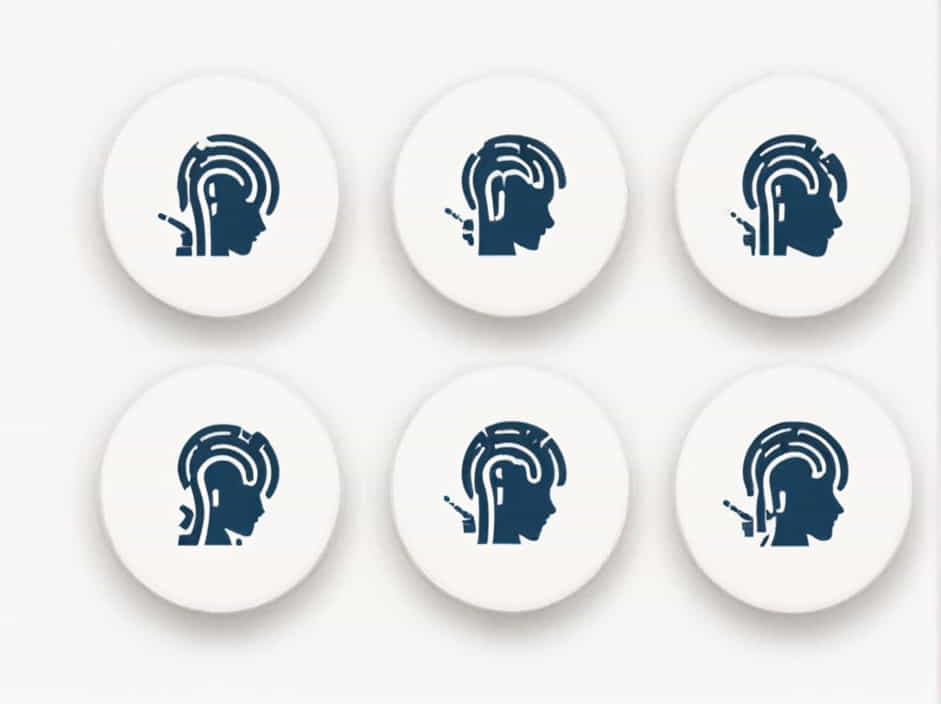The human ear is a highly sensitive organ that allows us to perceive sounds from our surroundings. However, not all sounds can be heard by humans-there is a specific range of frequencies that the human ear can detect. This is known as the audible range of human hearing.
In this topic, we will explore what the audible range is, how it works, factors that influence hearing ability, and how different sounds fit within this range.
What Is the Audible Range of the Human Ear?
The audible range of the human ear refers to the frequency range that the average human can hear. This range typically falls between:
- 20 Hz (Hertz) to 20,000 Hz (20 kHz)
Low-Frequency Sounds (Infrasound) – Below 20 Hz
Sounds below 20 Hz are called infrasound. Humans generally cannot hear these sounds, but they can sometimes be felt as vibrations. Some natural phenomena and animals use infrasound, such as:
- Earthquakes and volcanoes emit low-frequency sounds before eruptions.
- Elephants and whales communicate using infrasound over long distances.
Mid-Frequency Sounds (20 Hz – 20,000 Hz)
This is the normal range of human hearing. Different frequencies within this range correspond to different types of sounds:
- 20 Hz – 250 Hz: Deep bass sounds, like thunder or a tuba.
- 250 Hz – 4,000 Hz: Most human speech falls within this range.
- 4,000 Hz – 20,000 Hz: High-pitched sounds, such as birds chirping and electronic beeps.
High-Frequency Sounds (Ultrasound) – Above 20,000 Hz
Sounds above 20 kHz are called ultrasound. Humans cannot hear them, but many animals and devices use ultrasonic frequencies:
- Dogs, cats, and bats can hear frequencies above 20 kHz.
- Ultrasound machines use high-frequency waves for medical imaging.
- Dolphins and bats use ultrasound for echolocation.
How the Human Ear Detects Sound
The human ear consists of three main parts, each playing a crucial role in hearing:
1. Outer Ear
- Captures sound waves and directs them into the ear canal.
2. Middle Ear
- Contains the eardrum and tiny bones (ossicles) that amplify sound vibrations.
3. Inner Ear (Cochlea)
- Converts sound vibrations into electrical signals, which are sent to the brain for interpretation.
The hair cells in the cochlea are responsible for detecting different frequencies. High-frequency sounds are processed at the base of the cochlea, while low-frequency sounds are detected at the apex.
Factors That Affect the Audible Range
Several factors influence a person’s ability to hear sounds within the audible range:
1. Age
- Younger people can usually hear frequencies up to 20,000 Hz.
- As people age, they lose the ability to hear high frequencies (above 15,000 Hz).
2. Exposure to Loud Noises
- Prolonged exposure to loud sounds (above 85 dB) can damage hair cells in the inner ear.
- This can lead to hearing loss, especially at high frequencies.
3. Genetics
- Some people naturally have a wider or narrower hearing range due to genetic factors.
4. Health Conditions
- Conditions like ear infections, hearing disorders, or nerve damage can affect how well a person hears.
5. Environmental Factors
- Background noise can make it harder to detect certain frequencies.
- Acoustic environments (such as an empty room vs. a crowded space) affect how sound waves travel.
Real-Life Applications of the Audible Range
Understanding the audible range of human hearing has led to the development of various technologies and scientific advancements.
1. Audio Engineering and Music Production
- Speakers, headphones, and microphones are designed to operate within the audible range.
- Equalization (EQ) is used to adjust frequencies for better sound quality.
2. Hearing Aids and Medical Technology
- Hearing aids amplify specific frequencies to help people with hearing loss.
- Cochlear implants bypass damaged ear structures and directly stimulate the auditory nerve.
3. Sonar and Ultrasound Imaging
- Sonar technology (used in submarines) relies on sound waves beyond the human hearing range.
- Medical ultrasound uses high-frequency sound waves to create images of internal organs.
4. Animal Communication and Behavior
- Some animals use infrasound (below 20 Hz) to communicate over long distances.
- Others, like bats and dolphins, use ultrasound for navigation and hunting.
How Can You Test Your Hearing Range?
There are several ways to determine your personal hearing range:
- Online Hearing Tests – Many websites offer hearing tests that play different frequencies.
- Audiograms – A professional hearing test conducted by an audiologist.
- Mobile Apps – Some apps can generate sound frequencies to test hearing sensitivity.
If you notice difficulty hearing certain frequencies, it may be a sign of hearing loss and should be checked by a professional.
Protecting Your Hearing
Hearing loss is often irreversible, so it is essential to protect your ears. Here are some tips:
- Avoid loud noises (above 85 dB) for extended periods.
- Use ear protection (earplugs or noise-canceling headphones) in noisy environments.
- Lower the volume when listening to music through headphones.
- Take breaks from loud environments to give your ears time to recover.
- Get regular hearing check-ups to detect any issues early.
The audible range of the human ear typically spans from 20 Hz to 20,000 Hz, allowing us to perceive a wide variety of sounds. However, factors such as age, noise exposure, and health conditions can affect how well we hear different frequencies.
By understanding the limits and capabilities of human hearing, we can develop better audio technologies, improve medical treatments, and protect our ears from damage.
